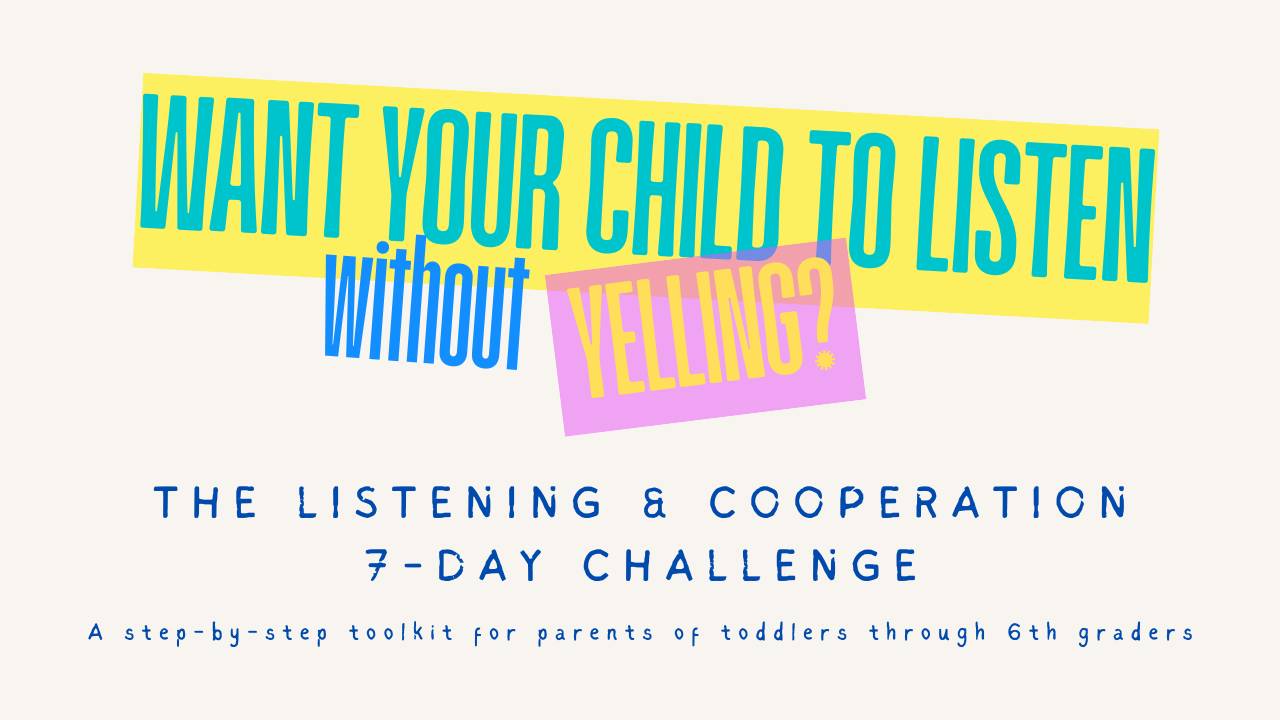7 Steps to Build Rapport and Improve Cooperation Through Play
Nov 27, 2023
Have you ever sat in on one of your child's sessions with a therapist, and felt frustrated that your child was almost always cooperative with them, but never with you? In this post, you’ll learn the seven steps that therapists use to build rapport with your child and improve cooperation. You'll also learn what to avoid doing. Try using them at home during play and see your child's cooperation skyrocket!
7 Steps to Improving Cooperation Through Play
- Initiate
Initiate play with your child by offering them tangible items or activities “for free,” with no strings attached. Use items that your child usually gravitates toward and avoid giving them items that they don’t typically enjoy.
Example: Initiate play by handing your child train cars while they’re setting up trains on a track.
- Proximity
Proximity is about being near your child without overwhelming them. Try staying within an arm's length if appropriate.
Example: Sit alongside your child during playtime. Be physically close, but allow them space if needed. This can create a comfortable environment for interaction without being intrusive.
- Reflect
Repeat your child's words or sounds. This creates opportunities for you to expand upon their language skills.
Example: If your child “woof woof”, join in and say “woof woof, the dog is barking.”
- Imitate
Copy what your child is doing. Don’t be afraid to join in on silly play. Imitating your child’s appropriate actions brings you into their world.
Example: If your child is clapping their hands, join in and clap along with them. This reflects their actions and communicates that you're engaged and interested in what they are doing. - Describe
Narrate or comment on what you are seeing. This helps keep you engaged in the activity.
Examples:
- “You have a red car!”
- “The ball is bouncing so high”
- “I love that song”
- “What a great idea to stack them”
- Praise
Use behavior-specific praise, when appropriate. Behavior specific means stating the behavior you are seeing.
Example: “Nice job” < “Nice job bouncing the ball” - Create
Create new activities by changing the function of the toy or the game or adding a new, fun element.
Example: Pretend a sock is a shark or add fun sound effects.
2 Things to Avoid
-
Avoid Placing Demands:
- Demands = instructions
- When initially building an instructional relationship, such as preparing to teach your child a new skill, it’s important to avoid placing demands such as:
- “Come over here”
- “Sit down”
- “Throw the ball to me”
- “Use the blue crayon”
- Remember, you are trying to enter your child's world through play. You need to start out by following their lead.
-
Avoid Inadvertent Demands:
- Inadvertent demands are demands that are placed unintentionally, and often sound natural in everyday speech, such as:
- “Watch this”
- “Which color do you want?”
- “Put it here”
- “What are you playing”
- Inadvertent demands are demands that are placed unintentionally, and often sound natural in everyday speech, such as:
Implementing these strategies can significantly enhance your relationship with your child. Consistency is key, so try to schedule a daily 1:1 play time with your child, even if it’s just for 10 minutes. Remember, building connections takes time and patience, but the rewards are immeasurable as you witness your child's growth and development.
Need ideas to help aid in teaching your child through play? Look no further than The Behavior Place Faves At Every Stage Toy List!
UNLOCK YOUR FREE TOOLKIT NOW: ENHANCE YOUR CHILD'S PLAY & LANGUAGE SKILLS TODAY!
Simply enter your email address to get instant access.


